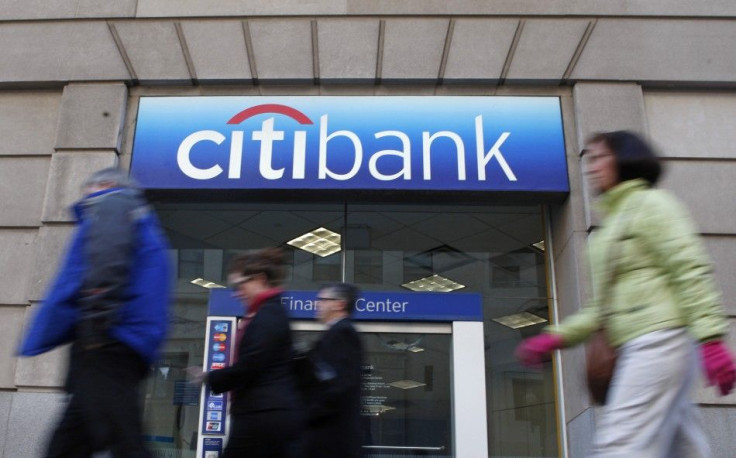Credit Card Charges in December Spike Consumer Credit

Back in January, when holiday retail sales numbers blew away the rosiest of expectations -- helping feed the notion that confidence in the economy was turning around -- contrarian analysts pointed out that something about the numbers smelled.
Turns out they were right. The smell? Consumers burning the plastic off their credit cards' magnetic strip, as they charged nearly $20 billion in purchases for the month.
U.S. borrowers tacked on $19.6 billion in revolving -- mostly credit card-related -- debt in December, according to preliminary data from the Federal Reserve. Non-revolving credit, which had driven consumer credit increases in the previous month, was up a more modest $13.5 billion. Borrowing grew across all categories -- be it charges on commercial credit cards, student promissory notes, auto loans of fixed-term mortgages.
While numbers indicating consumers are spending are widely seen as an economic positive, numbers indicating a high level of borrowing have a more ambiguous interpretation since you're effectively borrowing from what can be spent in the future, says JB Orecchia, chief executive of SavvyMoney.com, which helps consumers understand and manage their debt load.
Part of the fluctuation is likely to be seasonal since we see more spending over the Christmas holiday as a rule, Orecchia says.
But the increase blew away even the highest of expectations. Economists polled by Reuters had expected a rise of $7.7 billion in consumer credit.
Even the more muted increase in non-revolving credit brought the total amount held by Americans in that category to a record high, $1.697 trillion dollars.
An alternative view on the rise in consumer credit, put forward in a note to client by Barclays Capital economist Cooper Howes, is that the increase is as much a part of banks' willingness to lend as it is of consumers' interest in borrowing.
We view this report as being consistent with broader trends of increased bank willingness to lend to consumers and increased consumer demand for credit, Howes wrote in a note
The surprising data, which is not usually considered market-moving, seemed to have little effect on the equity markets. The benchmark S&P 500 Index of U.S. stocks, which was near the unchanged mark at 3 p.m., when the report came out, Tuesday closed up 0.20 percent to 1,347.
--
© Copyright IBTimes 2024. All rights reserved.




















